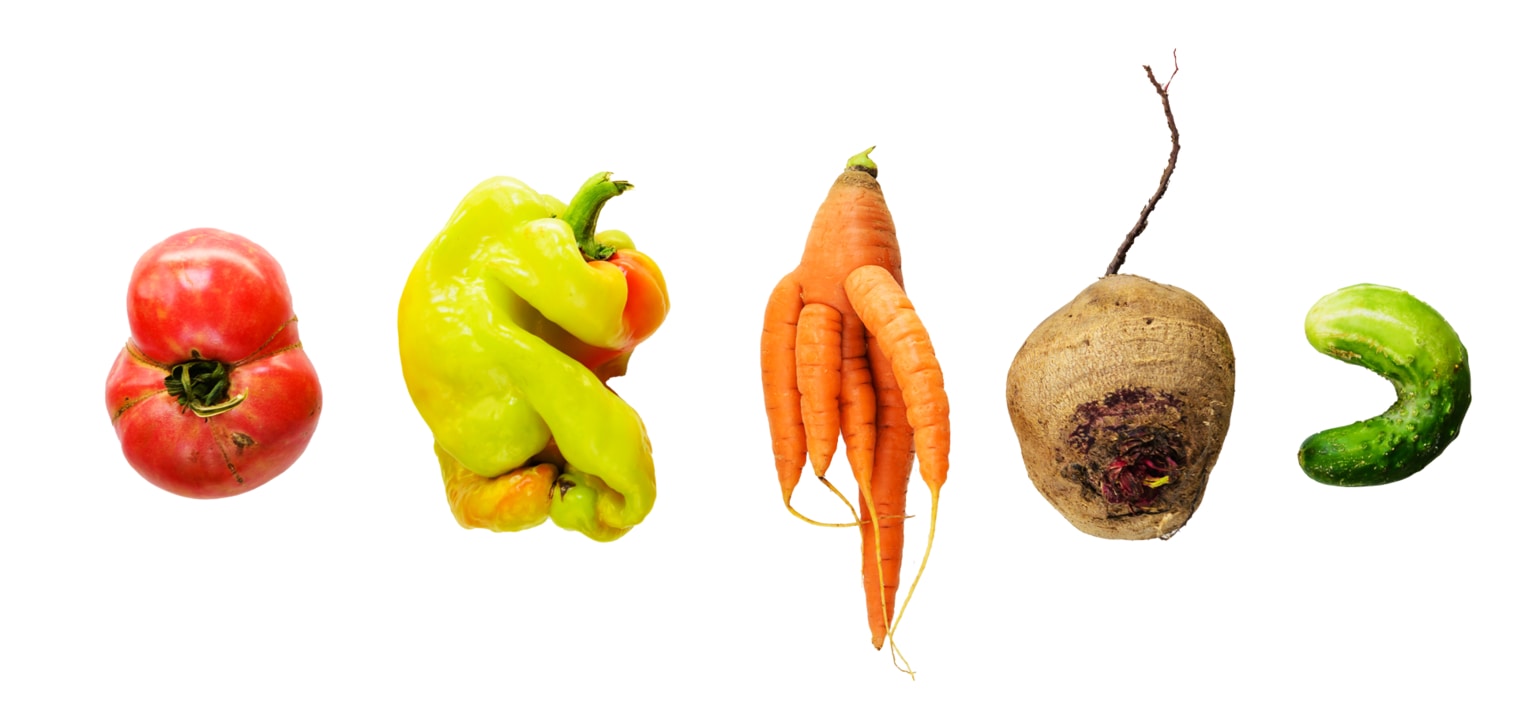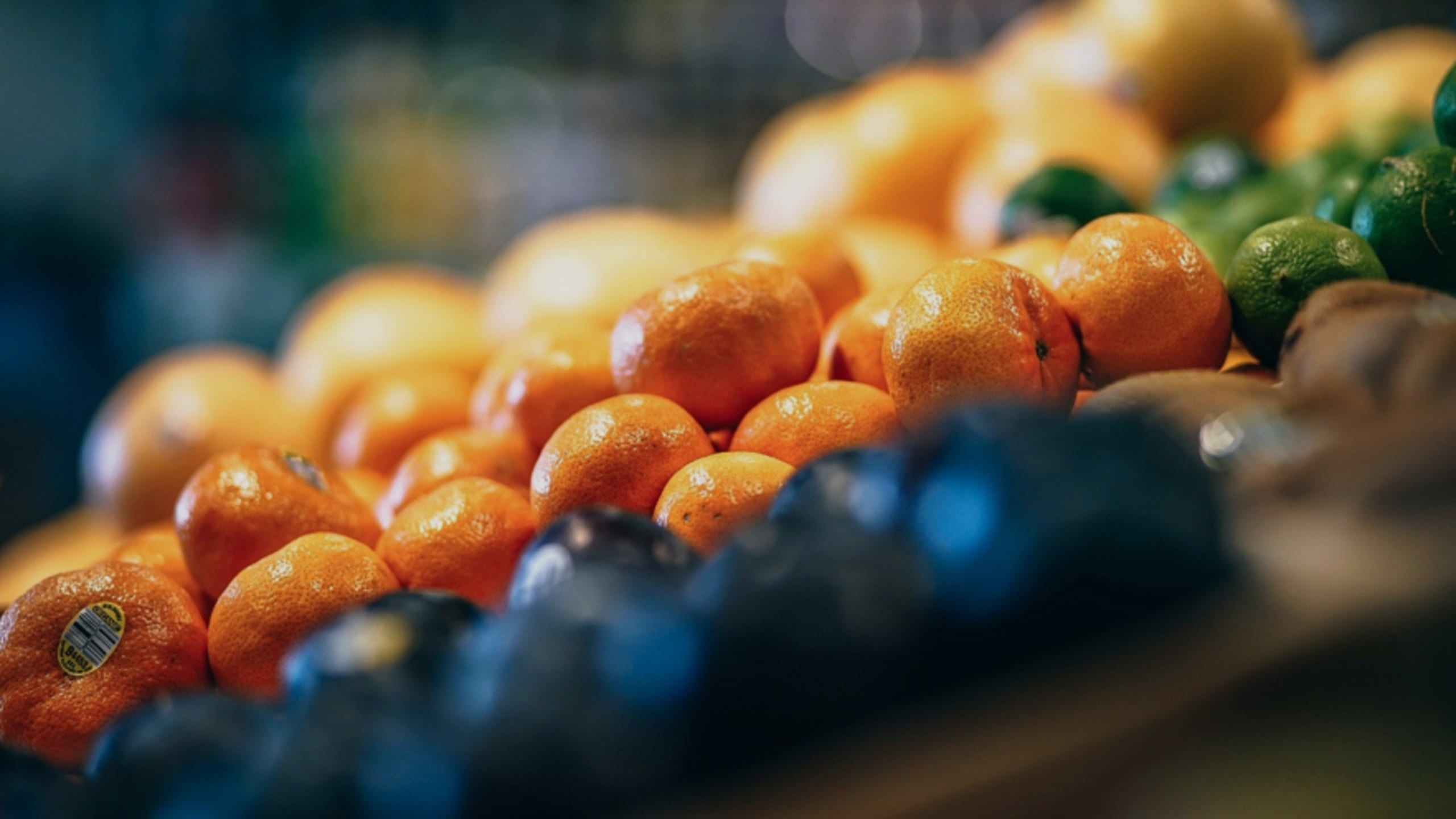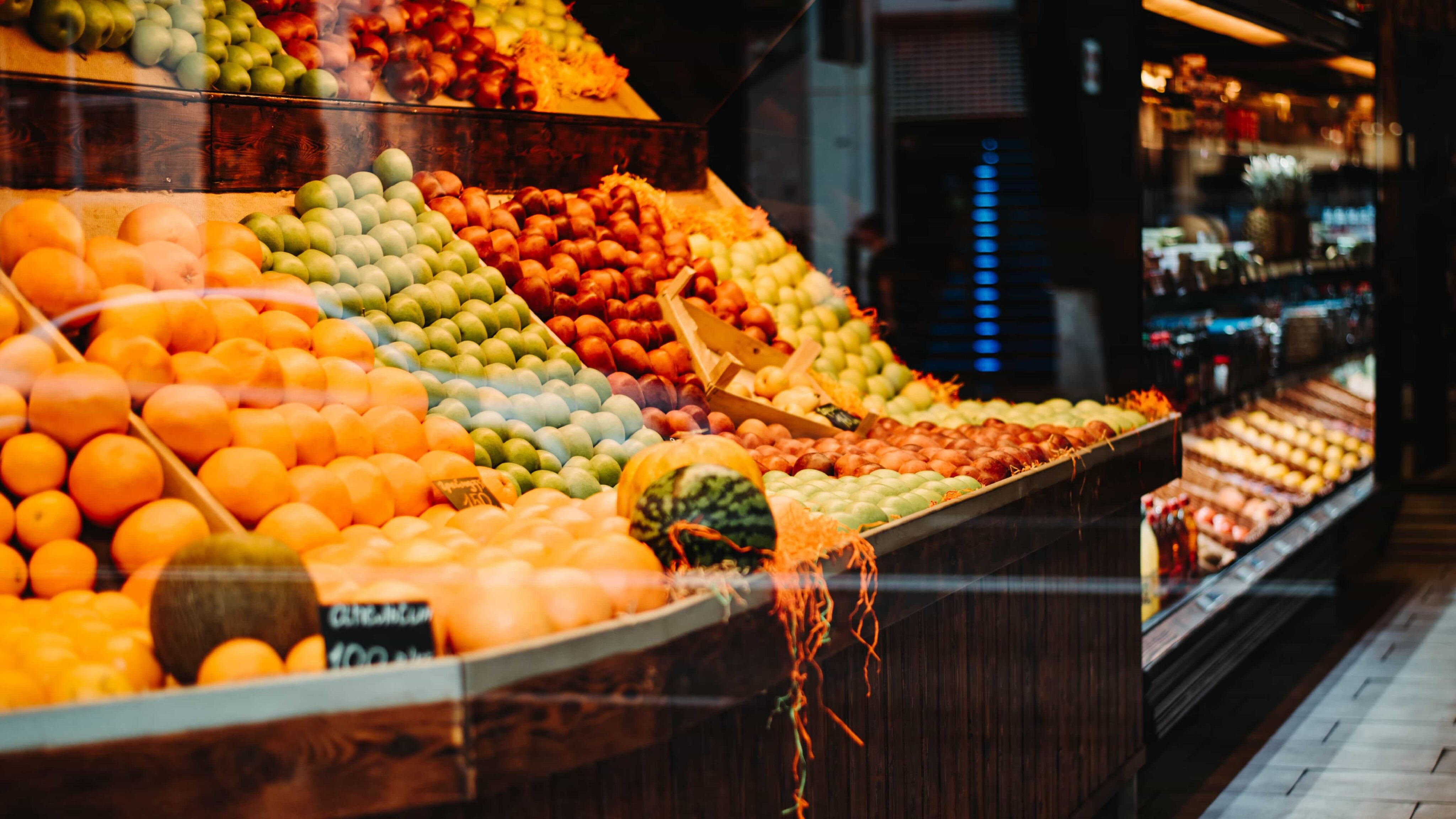Ending food waste
Imagine coming from the supermarket with the shopping for the week. The freshest fish, the juiciest meat, the tastiest fruit and vegetables (yes, we know you went to Biedronka).You arrive home and the first you will do is to take one of the 3 shopping bags and just throw it away. What a silly thing to do, right? Right, right, right. But what if we tell you it’s like you already did it?
If we add to this the fact that there are over 820 million people suffering from hunger and malnutrition, it becomes even more urgent to make this cause a priority. It is time to declare war on waste.
Some Causes of Food Waste
When you think about food waste, what’s the first thing on your mind? If you’ve thought about last weekend’s dinner leftovers hidden on the fridge shelf, remember it the next time you have more eyes than your stomach.
Know, however, that this is not the only cause of food waste in the world. Strictly speaking, food waste begins in the field, in agricultural production. Harvests abandoned or spoiled due to disease, infection or soil contamination, cause many of the food produced to be thrown away immediately.
To these can be added the so-called “ugly vegetables” which, although they do not have the immaculate appearance and calibre required to be on sale in supermarkets, have the same profile and nutritional value as “pretty vegetables”. Some people throw them away. But that would be nonsense.

"Ugly" vegetables
Ugly on the outside, beautiful on the inside
Since 2011, the main Food Distribution chains of the Jerónimo Martins Group have incorporated “ugly vegetables” into their recipes. Once simply left in the fields or thrown away. Now, used to make ready-to-eat meals, such as soups or salads, for sale in the Pingo Doce stores in Portugal or Biedronka in Poland.
Donate to avoid food waste
And the cycle goes on: in the supermarket, fruit and vegetables that show small bruises are often rejected by consumers. The bread left over from the last batch, the cakes that are not consumed by the end of the day, or the products whose sell-by dates are very close end up not being sold, resulting in what retailers call “breakage”, or in other words, waste.
Hence, the freshness of the products and the careful choice of everything that goes into the shops is very important to ensure balanced stocks: never less, but never more than needed.
At the end of each day, Pingo Doce in Portugal, Biedronka in Poland and Ara in Colombia, partner with institutions located near the stores and Distribution Centres to support the surrounding communities, offering products that would result in waste. In all, more than 15,600 tonnes of food were donated in 2019.
Consequences of food waste
Food waste does not just mean that food is being wasted or spoiled. It means we’re throwing food away when people need it and are starving.
Europe wastes some 88 million tonnes of food a year, which translates into 143 billion euros in losses. At the same time, 43 million people in the EU are unable to eat a nutritious meal every day.
Food waste also means that we are overexploiting our planet’s resources and voluntarily or unintentionally causing an 8% increase in global greenhouse gas emissions.
Don’t just think about the product itself, think about everything it took to make it exist: the water needed to grow it, the fuel needed to transport it, maintain it and cook it. So that the next time the fridge door opens, the leftovers are no longer there.
Do you know what you can do at home to help fight food waste? Learn 9 tips to avoid food waste at home and see how Pingo Doce turns ugly fruit and vegetables into tasty and nutritious meals.


